A 65 inch TV is 56.9" wide x 35.5" tall without the stand. Discover the ideal viewing distance for an immersive...

What Is A Television?
A television (TV) is an electronic device that receives and displays visual and audio signals, allowing users to watch broadcasts, movies, shows, and other multimedia content. Since its invention, television has revolutionized entertainment, news, education, and business. This article explores:
-
What a television is and how it works
-
The history and inventors behind TV technology
-
Modern uses of televisions in homes and businesses
What Is a Television?
A television is a device that receives electromagnetic signals (via cable, satellite, or internet) and converts them into moving images and sound. Modern TVs come in different types, including:
-
LED/LCD TVs – Use liquid crystal displays with LED backlighting.
-
OLED TVs – Offer deeper blacks and better contrast with self-lit pixels.
-
Smart TVs – Have built-in internet for streaming apps like Netflix and YouTube.
-
4K & 8K TVs – Provide ultra-high-definition resolution.
How Does a Television Work?
-
Signal Reception – TVs receive signals from antennas, cable, or Wi-Fi.
-
Decoding & Processing – The TV’s processor converts signals into video and audio.
-
Display & Sound Output – Images appear on the screen while sound plays through speakers.
History and Inventors of Television
The invention of television was a gradual process involving multiple inventors:
Early Pioneers (Late 1800s – Early 1900s)
-
Paul Nipkow (1884) – Invented the Nipkow disk, an early mechanical TV system.
-
John Logie Baird (1925) – Demonstrated the first working mechanical television.
-
Philo Farnsworth (1927) – Developed the first fully electronic TV using a cathode-ray tube (CRT).
The Rise of Modern Television (Mid-1900s)
-
1930s-1940s – CRT TVs became commercially available.
-
1950s – Color TV was introduced (RCA’s first color broadcast in 1954).
-
1960s-1980s – TVs became a household staple, with major networks like NBC and CBS dominating broadcasting.
Modern Uses of Television
1. Home Entertainment
-
Streaming Services – Smart TVs support Netflix, Disney+, and Hulu.
-
Gaming – Many use TVs as monitors for PlayStation, Xbox, and Nintendo Switch.
-
Video Calls – Smart TVs with cameras enable Zoom and Skype calls.
2. Business & Commercial Applications
-
Digital Signage – Businesses use TVs for advertisements and promotions.
-
Video Conferencing – Companies install large-screen TVs for meetings.
-
Hospitality & Retail – Hotels and stores use TVs for guest information and promotions.
3. Education & Public Information
-
E-Learning – Schools and universities use interactive TVs for digital classrooms.
-
Emergency Broadcasts – Governments use TV for public safety alerts.




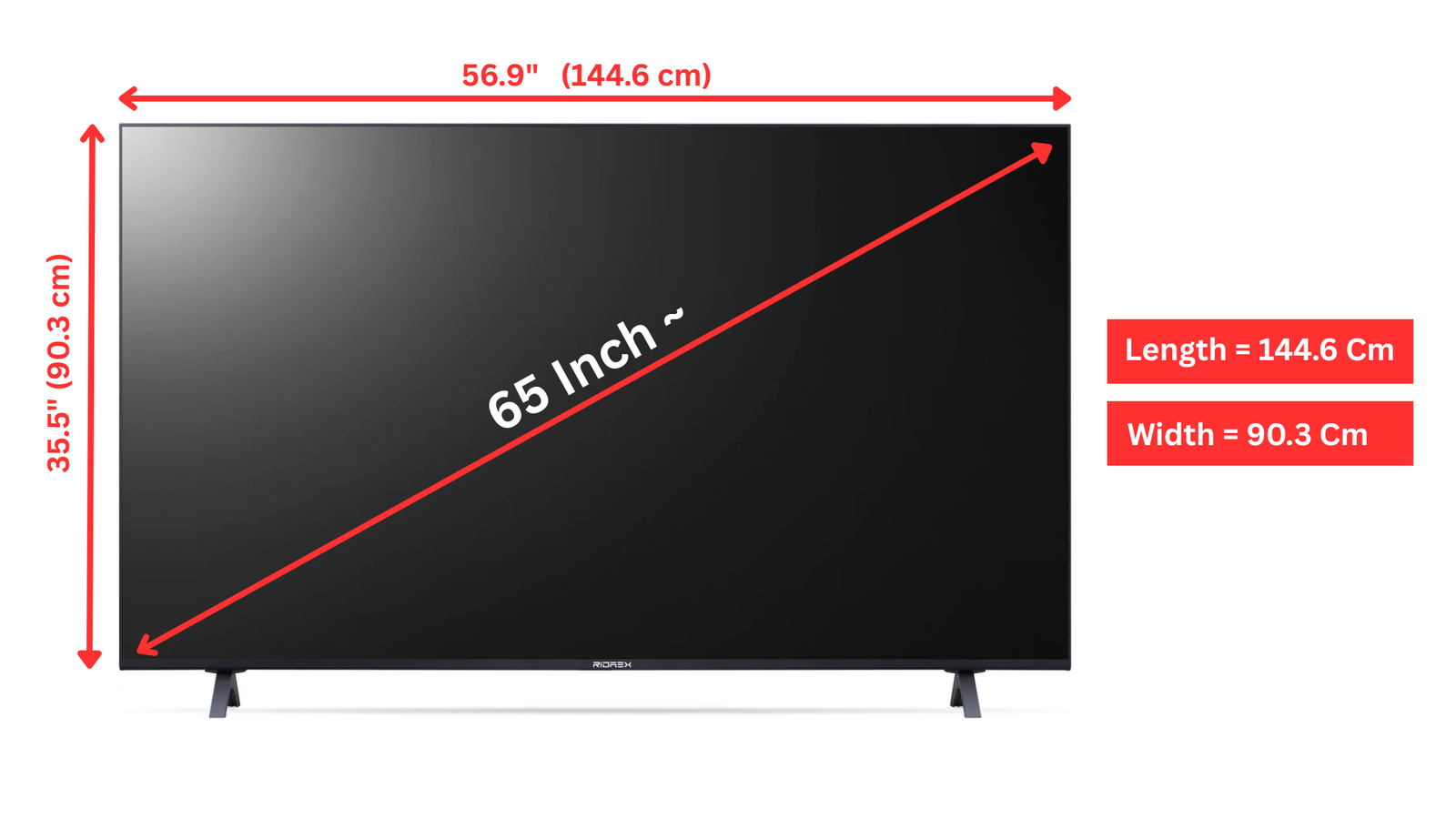
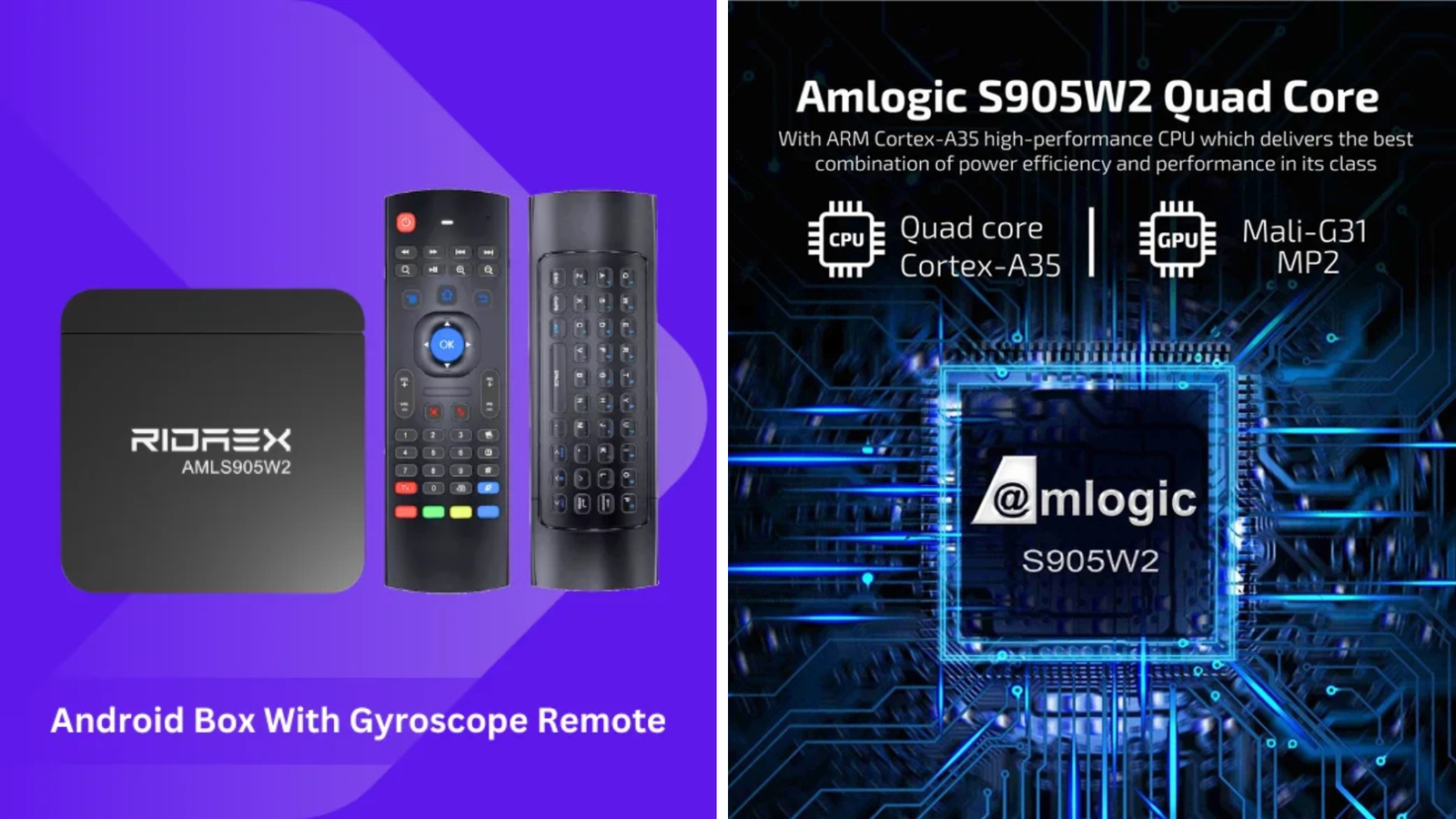
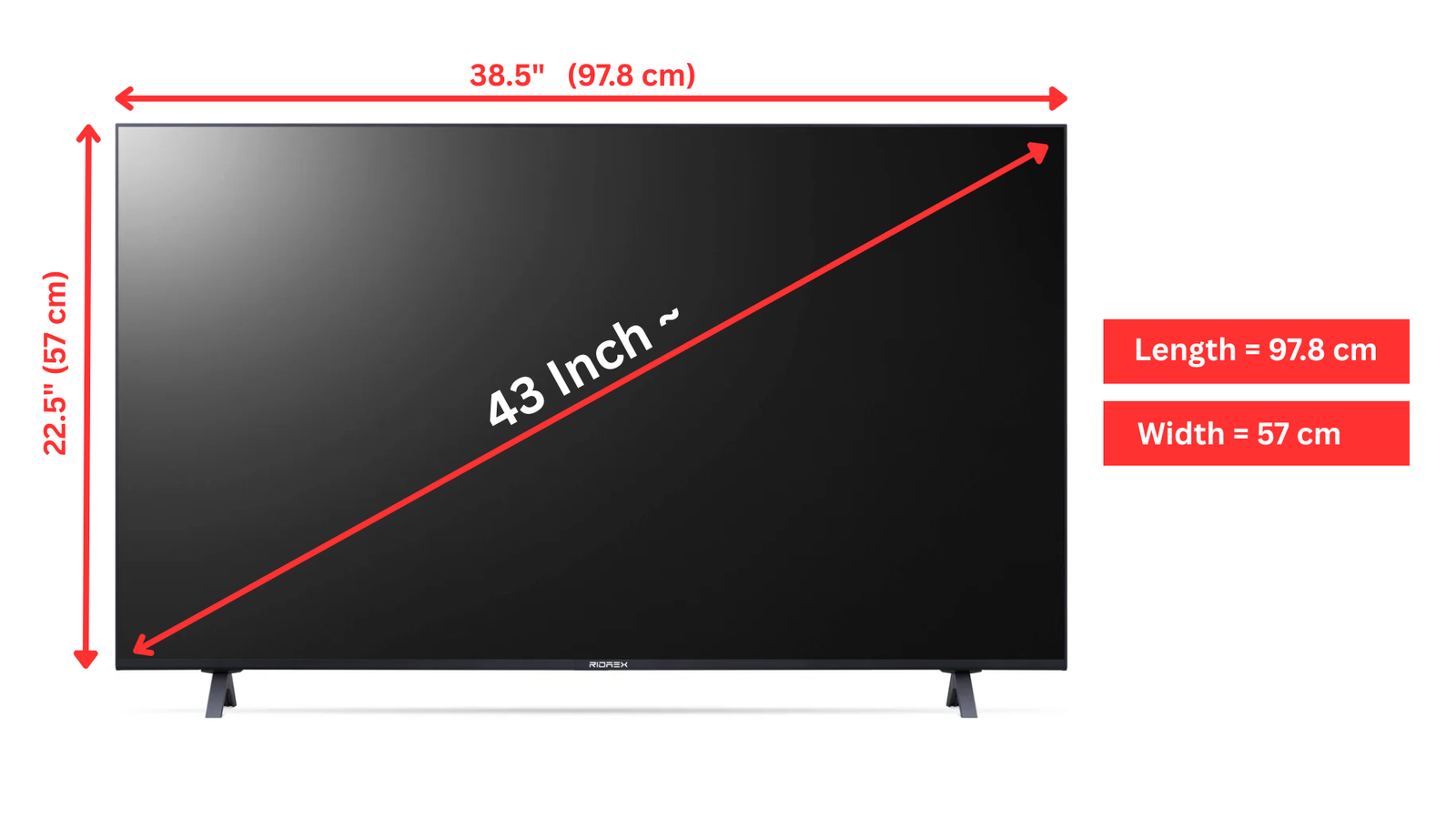
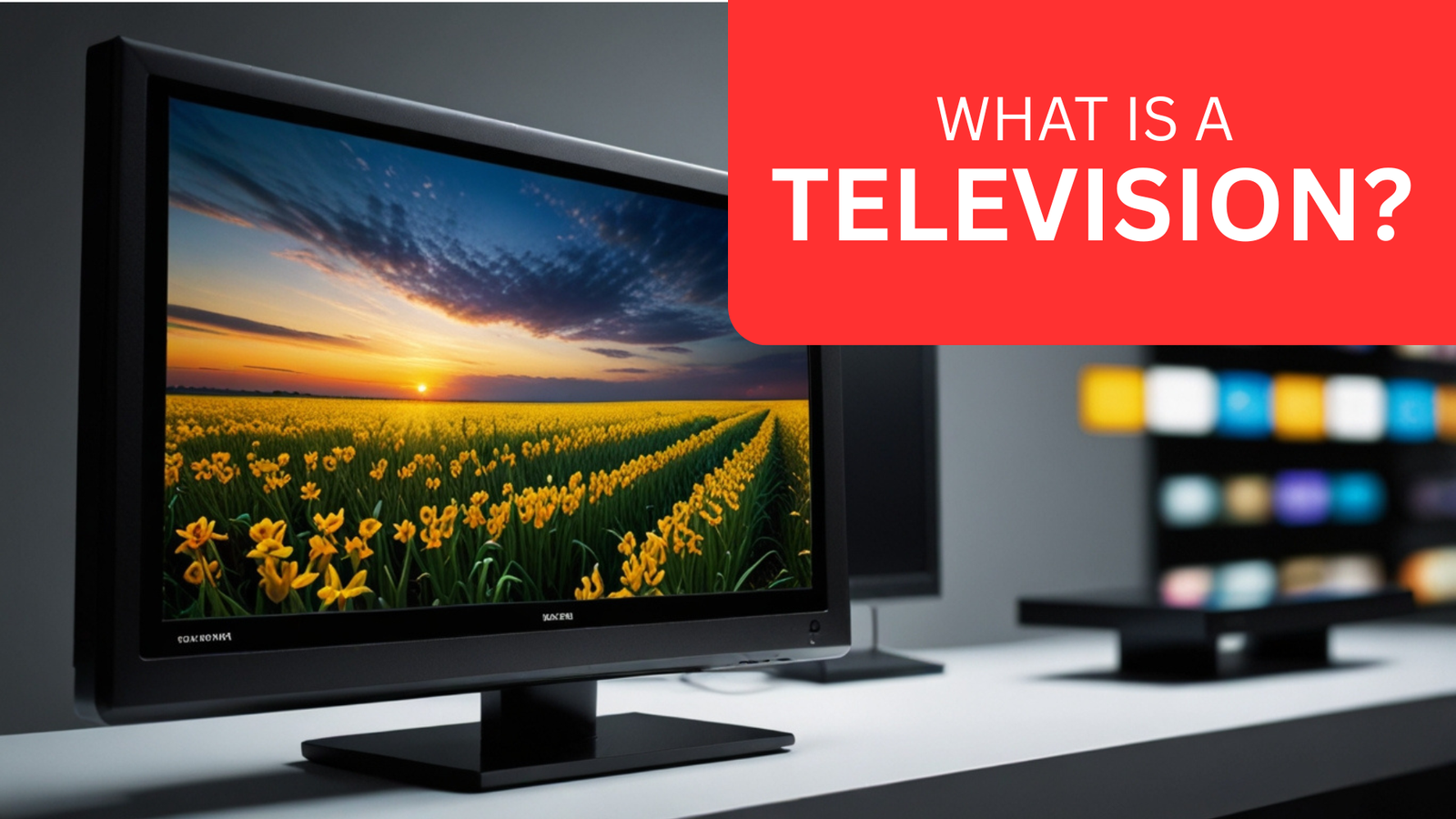


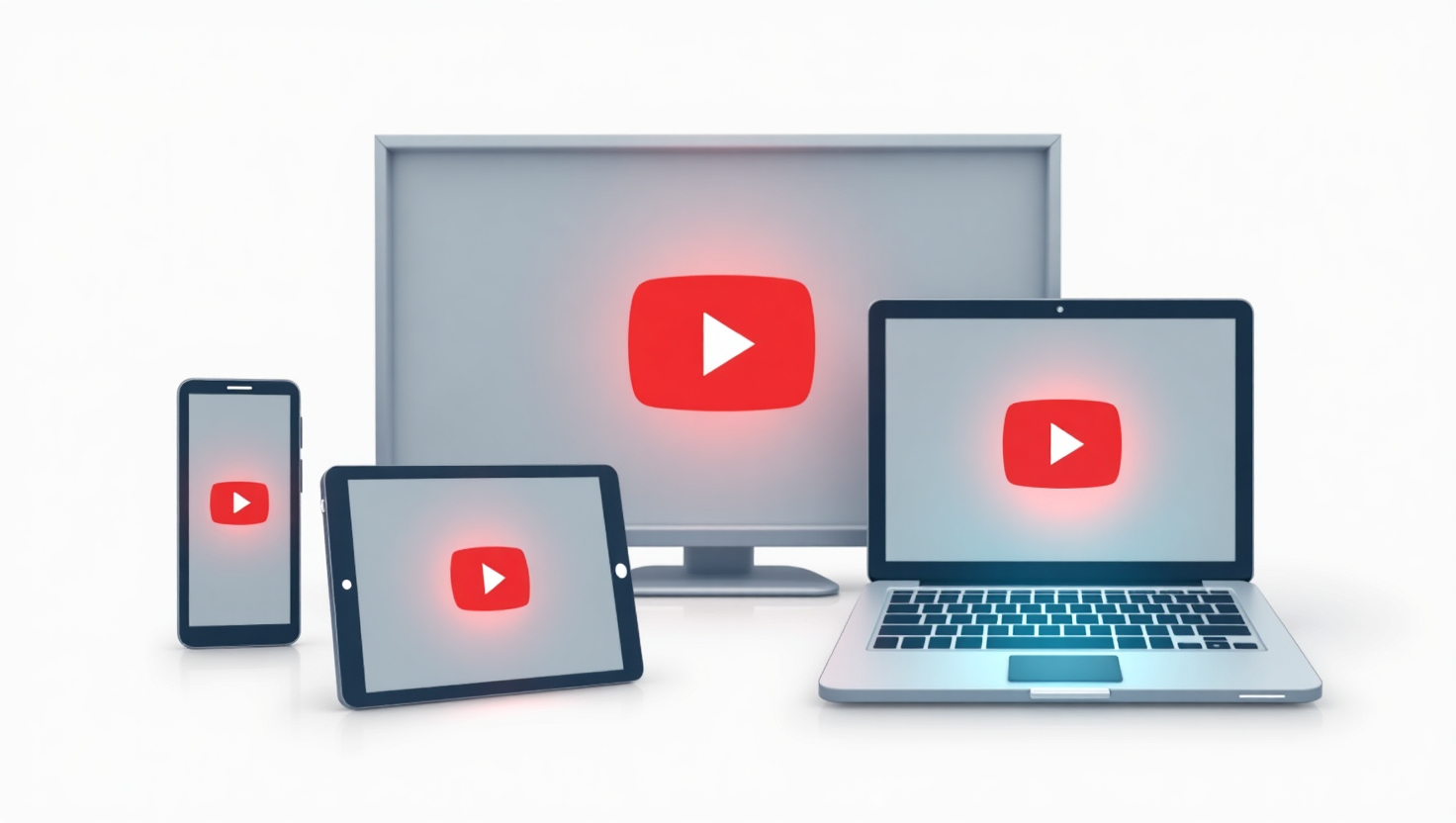



Leave a comment